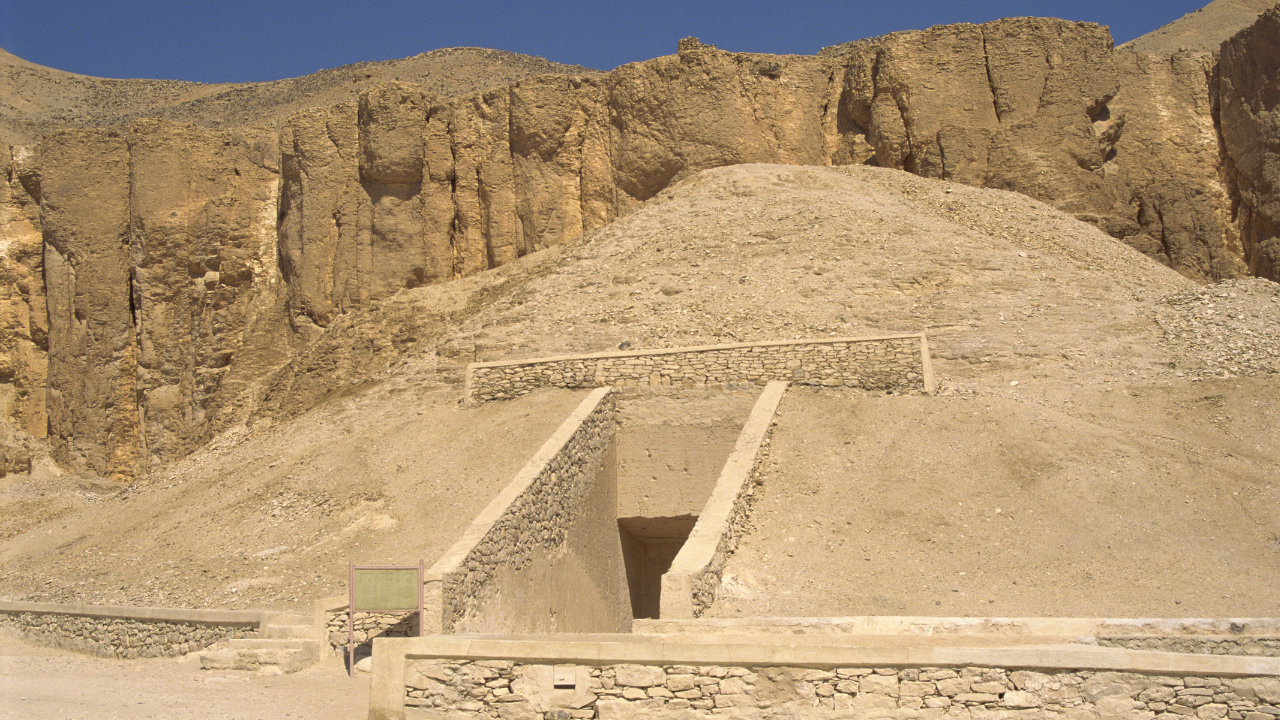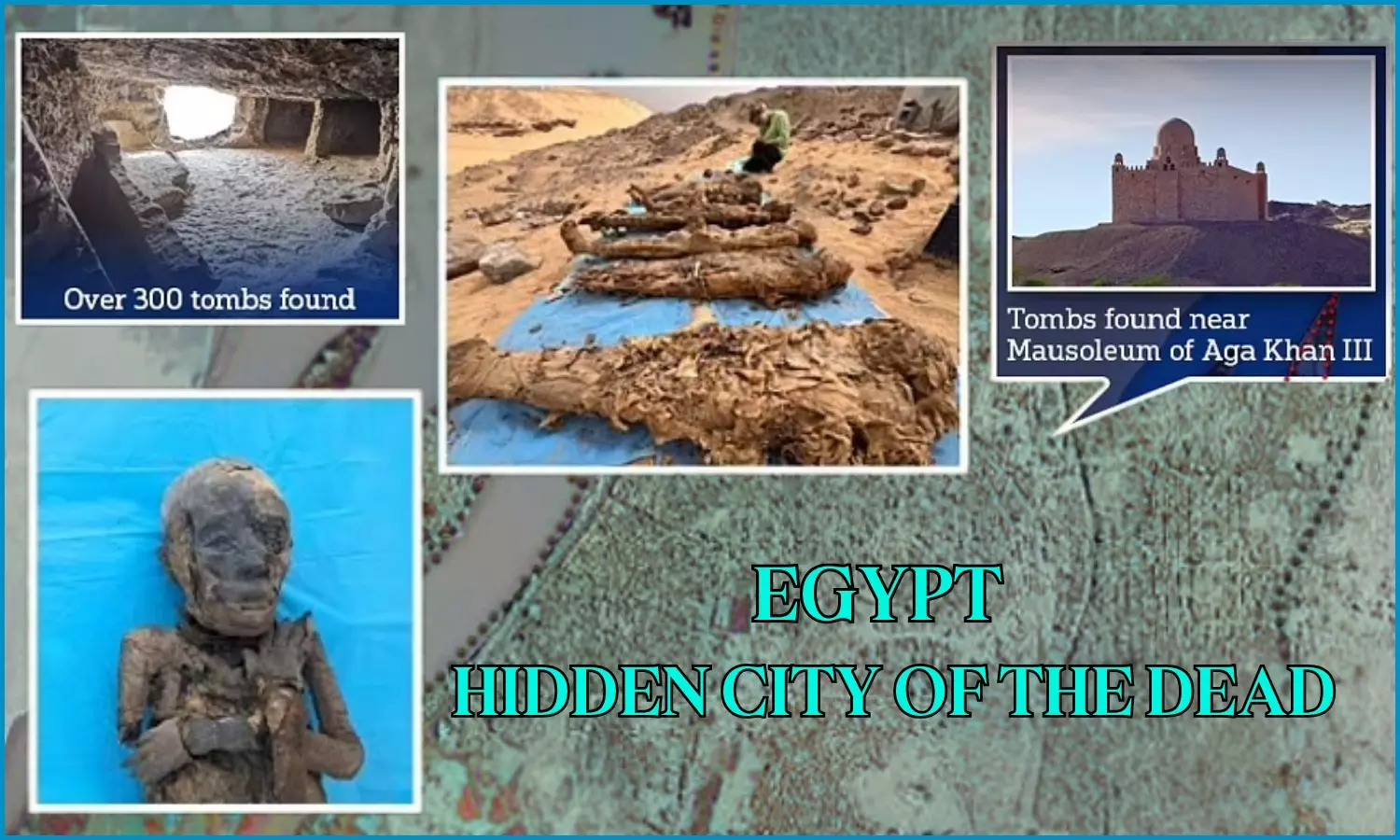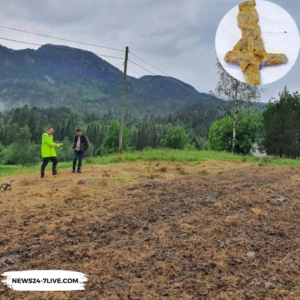Archaeologists have unearthed a vast necropolis in Aswan, Egypt, revealing a “City of the Dead” that will provide insights into ancient civilizations. This site comprises over 1,400 mummies, located in 36 tombs, each containing 30 to 40 mummies and spans a history of nearly a millennium.

Also Read: Israel: 3300-Year-Old Shipwreck Discovered
Aswan originally known as Swenett and later Swan meaning “market,” was established over 4,500 years ago.
Situated on the east bank of the Nile River, Aswan was a trade center and quarrying site. Aswan attracted a mix of cultures including ancient Persians, Egyptians, Romans, Greeks, and Africans from subtropical regions.
The excavation project was led by archaeologist Patrizia Piacentini from the University of Milan, spanned five years.
The team worked to uncover the vast burial site, which stretches approximately 270,000 square feet.
Located near the modern Mausoleum of Aga Khan III, the necropolis includes 10 terraces of tombs arranged in layers on a hillside. This layered arrangement shows the social hierarchy of the individuals buried there.
The site comprises 36 tombs each capable of housing 30 to 40 mummies. The tombs were used over a period of 900 years.
The tombs exhibit a clear social hierarchy with elites buried at the top of the hill and middle-class individuals positioned lower down. This highlights the structured nature of the society and the importance placed on social status even in death.
The tombs date from approximately 600 BC to 300 AD, encompassing several historical periods including Persian rule, the Greek Ptolemaic dynasty, and Roman governance.
Preliminary examinations of the mummies reveal signs of infectious diseases such as tuberculosis and malnutrition.
The high incidence of disease suggests that epidemics may have swept through the region causing mortality.
A huge proportion of the mummies estimated to be between 30 and 40 percent, were children or adolescents. This demographic pattern points to the harsh living conditions and health challenges faced by the ancient population.
Numerous offerings were found within the tombs indicating the cultural and religious practices associated with death and the afterlife.
These artifacts provide valuable insights into the beliefs and customs of the time. Many tombs contained entire families supporting the theory that large-scale infectious outbreaks may have resulted in simultaneous deaths within households.
Also Read: World’s Oldest Wine Found in 2,000-Year-Old Roman Tomb in Spain
The “City of the Dead” is 270,000 square feet. Located near the modern Mausoleum of Aga Khan III, the site features tombs ascending up to 10 terraces on a hillside.
Aswan, historically known as Swenett and later Swan has been a critical trade hub, granite quarry and military post. The city’s name, meaning “market,” shows its historical role as a commercial center.
The cemetery was actively used for approximately 900 years, from the 6th century BC to the 9th century AD. Each tomb contains remains of 30 to 40 individuals.
The newly uncovered 36 tombs are part of a larger complex of over 300 tombs discovered at the site. Tombs contain the remains of entire families, with a 30-40% of mummies being infants and adolescents.
Many of the mummified remains show signs of infectious diseases, anemia, tuberculosis and other health disorders.
Aswan is situated on the Nile River’s east bank and has been inhabited continuously since 650 BC. The city was a vital crossing point and trade hub.
The tombs vary in structure with some carved into the mountains and others featuring open courtyards and casket entrances.
Social hierarchies are evident with elite burials located at higher terraces and common burials at lower levels.
The first tomb was identified in 2019, containing four mummies initially thought to be a family. CT scans later revealed the remains were of two children and their presumed parents.
Also Read: Norway Farmer Discovers 1,100-Year-Old Viking Sword in His Field
























